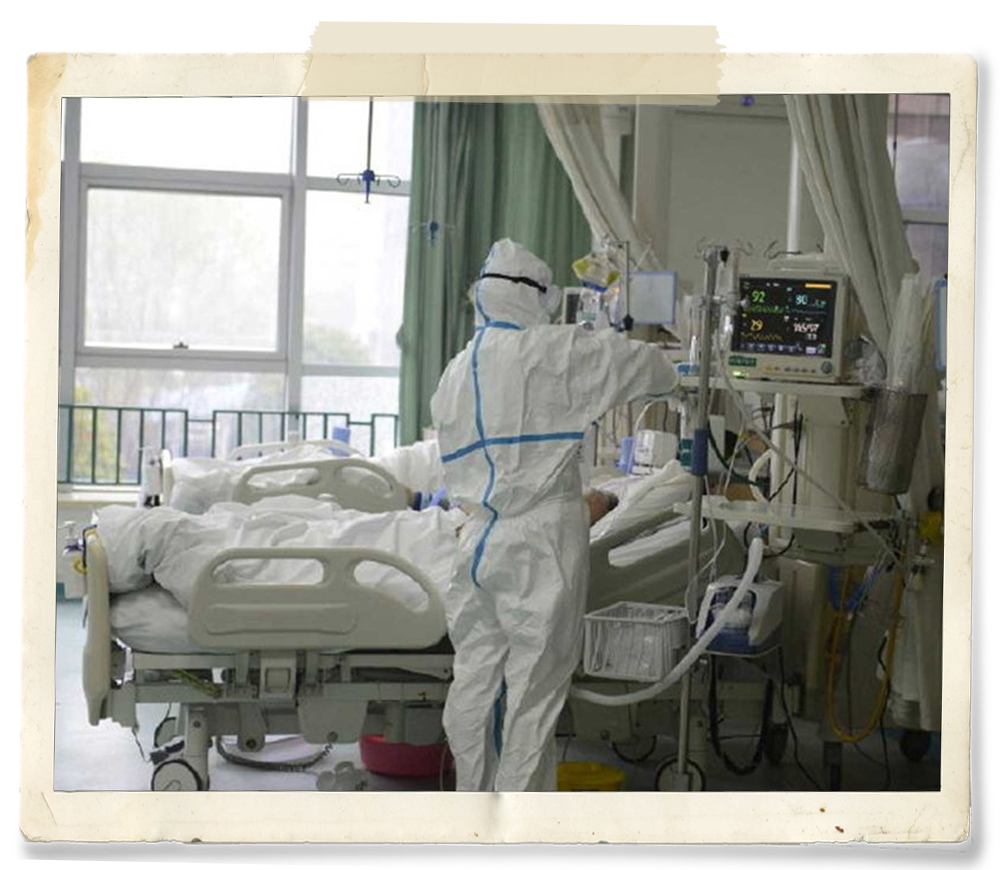
AFP
A doctor treating patients at the Wuhan central hospital on January 11, 2020.
Empty streets in China, rest of the world
When the outbreak occurred, the rest of the world didn’t worry. The virus may be deadly, and there’s no known cure. But it didn’t matter; it’s so far away. After all, it’s in China. That was the general feeling. But they were wrong.
From Wuhan, the coronavirus jumped to humans. And it jumped fast. From the prosperous trading centre in China, the “SARS-like virus” spread to neighbouring cities.
CHINA'S CONFIRMED CASES IN JANUARY, 2020
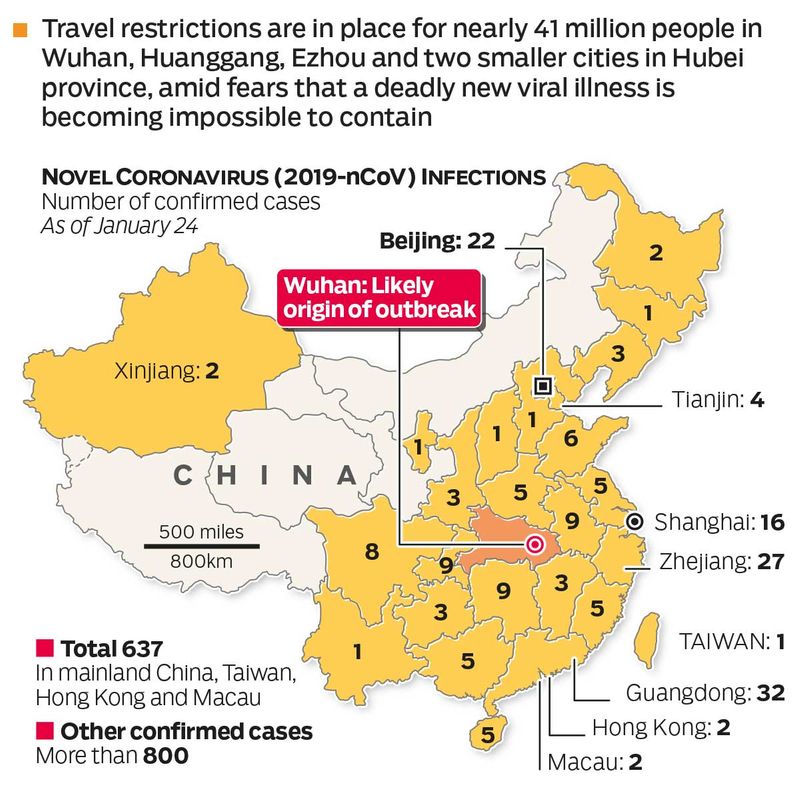
Gulf News
Strict stay-in-place orders were issued.
By January 23, 2020, ten Chinese cities were locked down. A day later, that number rose to 14, impacting the lives of 50 million people (equivalent to the combined populations of California and Washington states in the US).
Beijing’s Lunar New Year festivities, one of the biggest annual events in the country of 1.4 billion people (in 2018), was scrapped.
Residents isolated themselves at home, many had been hoarding supplies, as China unleashed unprecedented containment efforts.
For the rest of the world, the outbreak seemed so far away. The global perception at that point could be summed up in four lines.
There’s a deadly virus: check
And there’s no known cure for it: check
It’s in the middle of China: check
Nothing to care about: wrong
Daily reports of a spike in cases were hard to ignore. The world now waited with bated breath for each virus-related news. On January 24, the official death toll rose to 25.
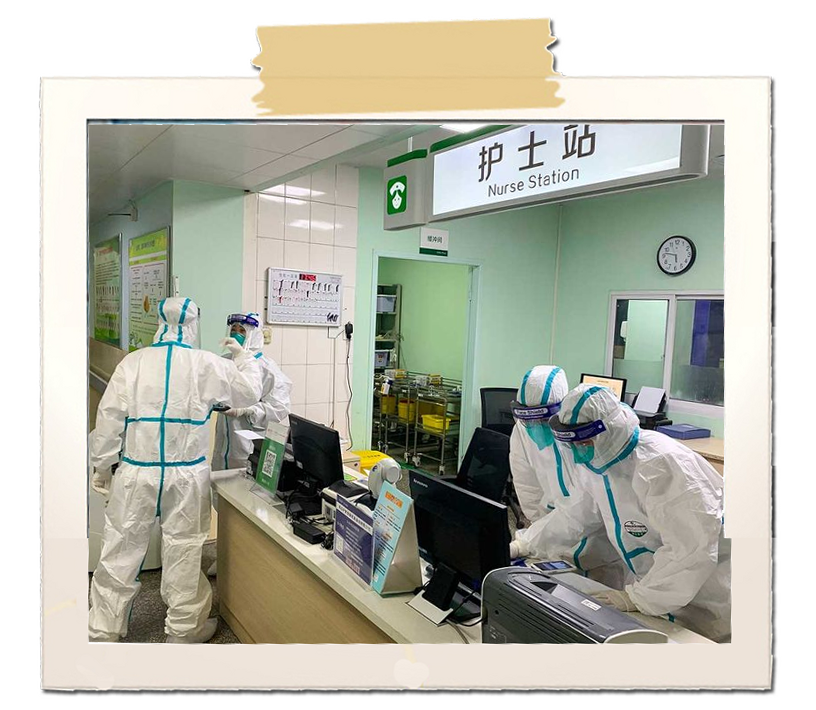
AFP
Medical staff at work in the Zhongnan hospital in Wuhan on January 12, 2020.
It was a busy Lunar New Year period. Within China, travel bans were imposed, especially the links from Wuhan. All transport modes were suspended: buses, subways, ferries, trains and flights.
Cinemas, internet cafes and other entertainment venues were also closed. Tour operators were ordered to cancel operations, and large-scale cultural events were scrapped. Residents were not allowed to leave the city, except for “special reasons”.
By then, 830 coronavirus infections had been confirmed in China, with 95 people in a critical condition.
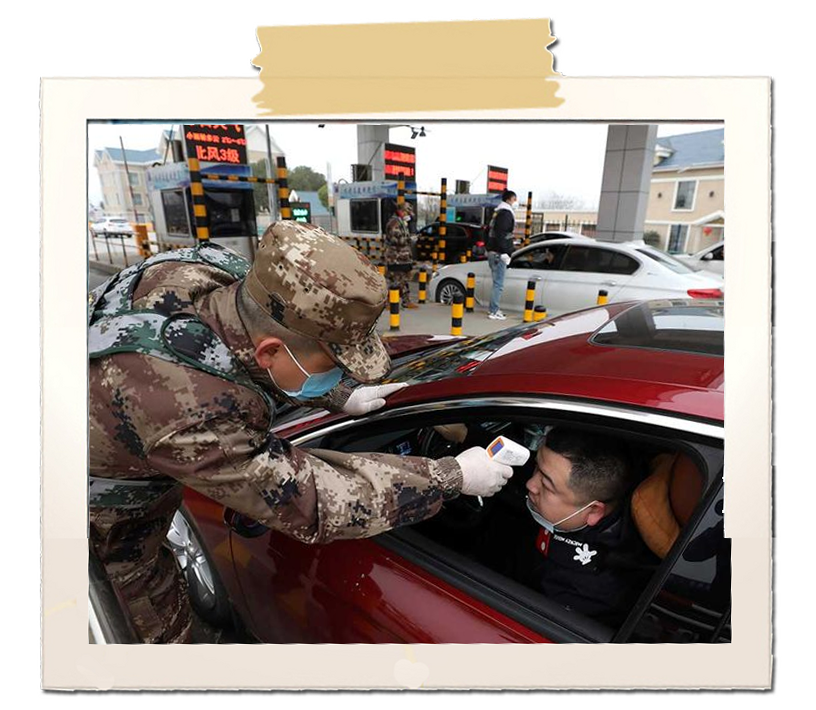
AP
The body temperature of a driver is checked at an expressway toll gate in Wuhan on January 23, 2020.
Domino effect
From Wuhan, the virus spread to every corner of the globe. Governments and health authorities outside China tried the same strategy: Lockdowns, aggressive contact tracing and quarantines.
It was a rude awakening for many countries. In many places, some members of the local community defied lockdowns.
The rate of infection accelerated outside China – the rest of Asia, Iran, Italy, Spain, and the United Kingdom.
Speculations were rife. Social and traditional media were abuzz with conspiracy theories on the real origins of the virus.
Mistake acknowledged
Beijing acknowledged the mistake. It blamed the local party leaders for the cover-up and delayed response in Wuhan.
On February 13, Chinese President Xi Jinping sacked Hubei’s provincial Communist Party leadership, with a stern warning: Anyone who hides infections will be “forever nailed to history’s pillar of shame”.
By this time, the travel and tourism industries started to feel the heat. Coronavirus cases emerged in cruise ships. On February 19, there were 621 coronavirus infections confirmed aboard the Diamond Princess cruise ship off Japan.
50 million
residents of 14 Chinese cities, were locked down by January 24; That is the equivalent to the combined populations of California and Washington states in the US.
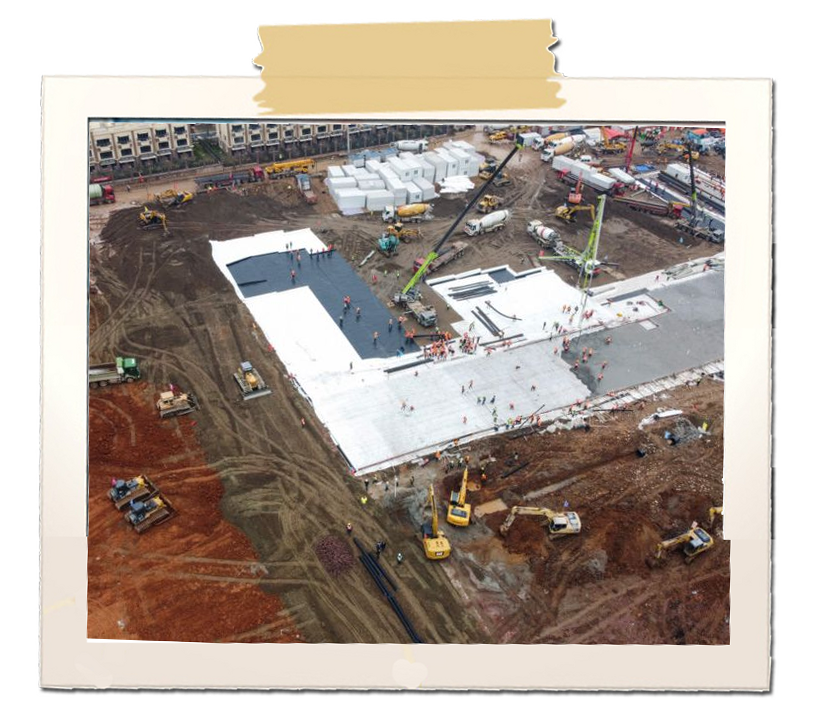
AFP
A new hospital is being built to treat patients in Wuhan in China’s central Hubei province on January 27, 2020.
Lockdown lifted in China
The Chinese did everything to deal with the contagion: Quick-build capabilities (a 1,000-bed field hospital was built in 10 days), marshalling medical professionals and IT expertise for real-time patient tracking (“green” code on health app allows the owner to leave the city). Local police implemented strict lockdown measures.
Hundreds of millions of dollars were spent mobilising thousands of medical and other workers for a city-wide campaign to curb new infections. This paid off. Whatever they did, it worked.
Hubei province accounted for most of China’s 85,921 COVID-19 cases and 4,653 deaths in China. However, three months later, Wuhan emerged a COVID-free city — from the virus epicentre to “safest place on Earth.” On March 24, Wuhan reported no new cases for a week. By April 8, the Wuhan lockdowns were lifted.
Virus in 210 countries
Not so for the rest of the world. The COVID-19 outbreak spread to over 210 countries or territories, with more than 75 million people infected, and more than 844,000 deaths (from 620,033 as of July 22, 2020).
The US, Brazil, India, Russia and the UK are the most severely affected countries.

All available evidence for COVID-19 suggests that SARS-CoV-2 has a zoonotic source. A constructed virus would show a mix of known elements within genomic sequences – this is not the case.”
WHO |
How Wuhan contained the virus
Wuhan, under new leadership, took steps to contain the coronavirus.
They launched an aggressive, unprecedented campaign to screen virtually all 11 million people.
In June, over two weeks, the government was reaching its goal, with 6.5 million tested.
China embarked on a city-wide campaign to prevent a resurgence of infections — at all costs. The drive has largely succeeded.
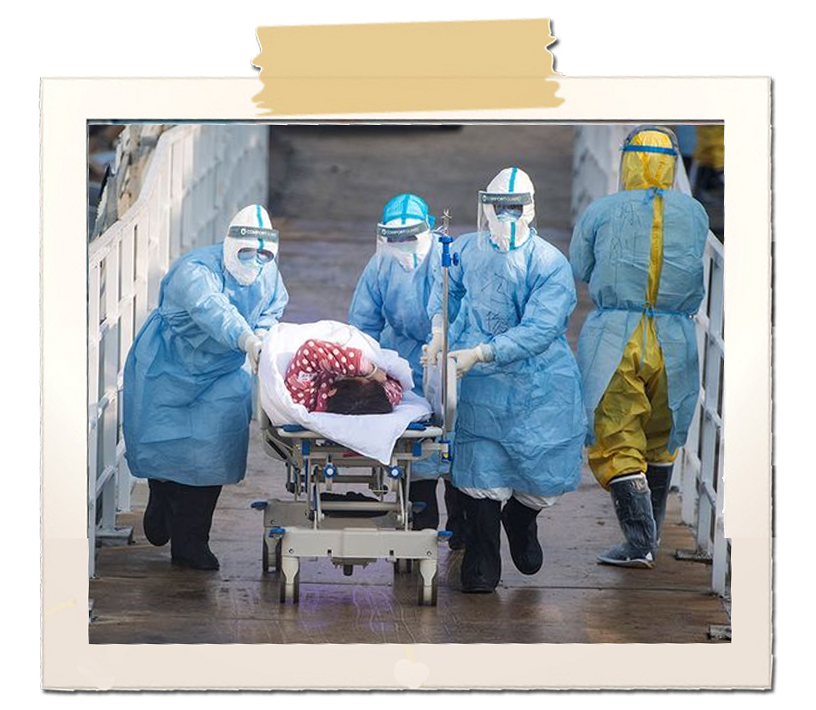
AP
Medical workers transfer a patient to the Zhongnan hospital in Wuhan on January 16, 2020.
First, mass mobilisation. The city mobilised thousands of medical and other workers and spending hundreds of millions of dollars. The government bore the cost of testing. That testing drive is key to restoring the public confidence needed to help restart the economy. The result: Testing covered more than 90% of the city.
With that, the entire community had a first-hand experience of the seriousness of the effort. It helped confirm that Wuhan has tamed the outbreak.
All told, Hubei province and its capital Wuhan accounted for most of China’s 83,531 new coronavirus cases and 4,634 deaths.
In June, during a mass testing drive, only around 200 cases were found with active infections, mostly people without symptoms.
Second, mass testing. Lab technicians speeded up the process using a simple technique – by pooling samples to be tested in batches. Labs went from processing around 46,000 tests a day, on average, before the drive, to as many as 1.47 million tests (New York has tested 1.7 million people since March 4).
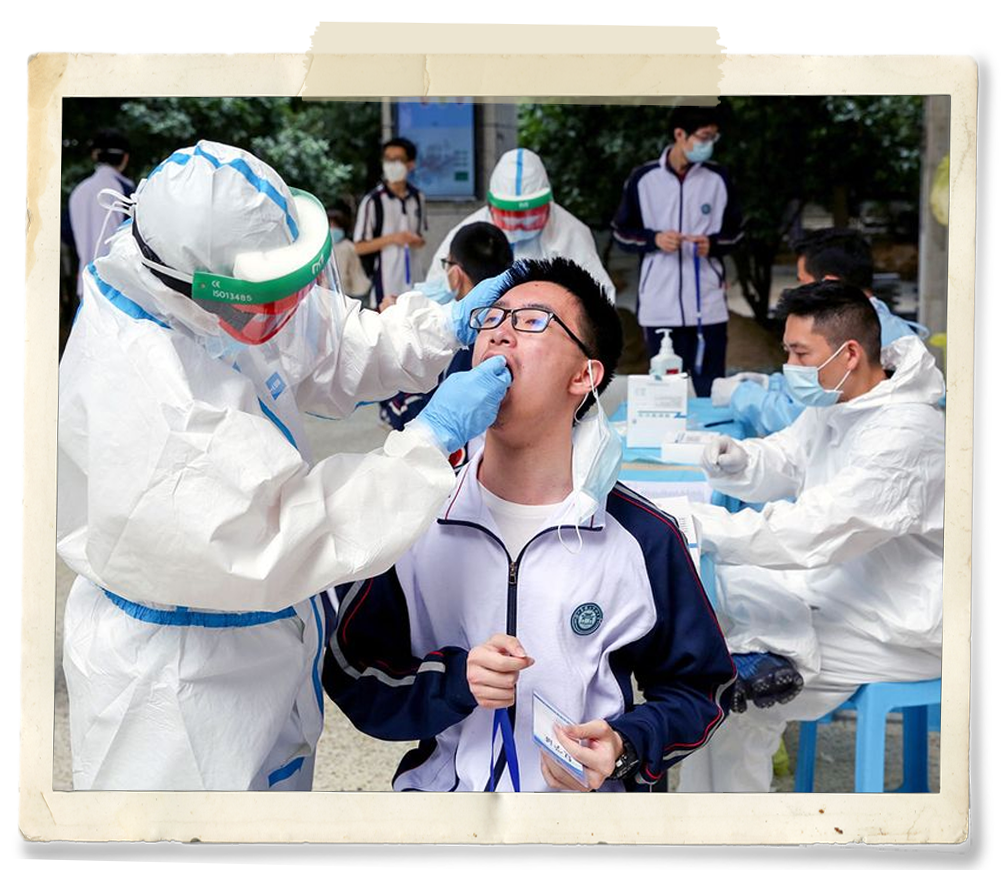
Reuters
Medical workers collect swabs from students for tests at Hubei Wuchang Experimental High School before the students return to the campus, on May 6, 2020.
Residents who refused to get tested would have their government-issued health codes downgraded, potentially limiting a person’s right to work and travel.
The rules were stringent. Those who refuse or fail to participate will not be allowed to enter supermarkets or banks. “Your green code will turn yellow, which will cause inconvenience to your life,” it was announced.
The result was 100% community compliance with mass testing. To avoid overcrowding, each resident was given a time slot. Testing was conducted in open spaces.
It seems the Chinese have fared better than everybody else in containing the outbreak.
On August 15, at a packed “Wuhan pool party”, people danced to the tune of techno music next to each other, and with no masks. It’s like COVID never happened.
Local media dubbed it as evidence of China’s ‘strategic victory’ over the coronavirus.